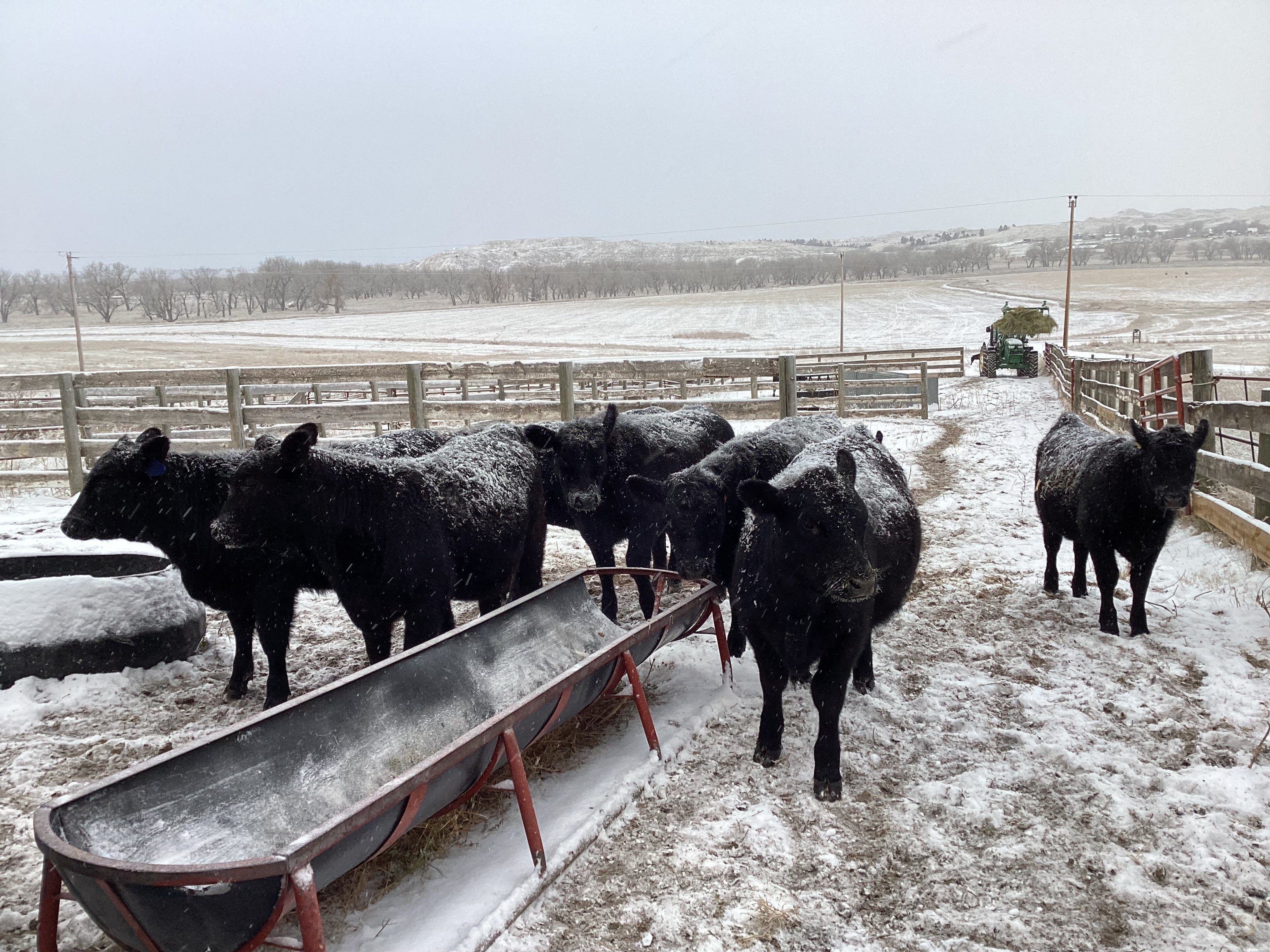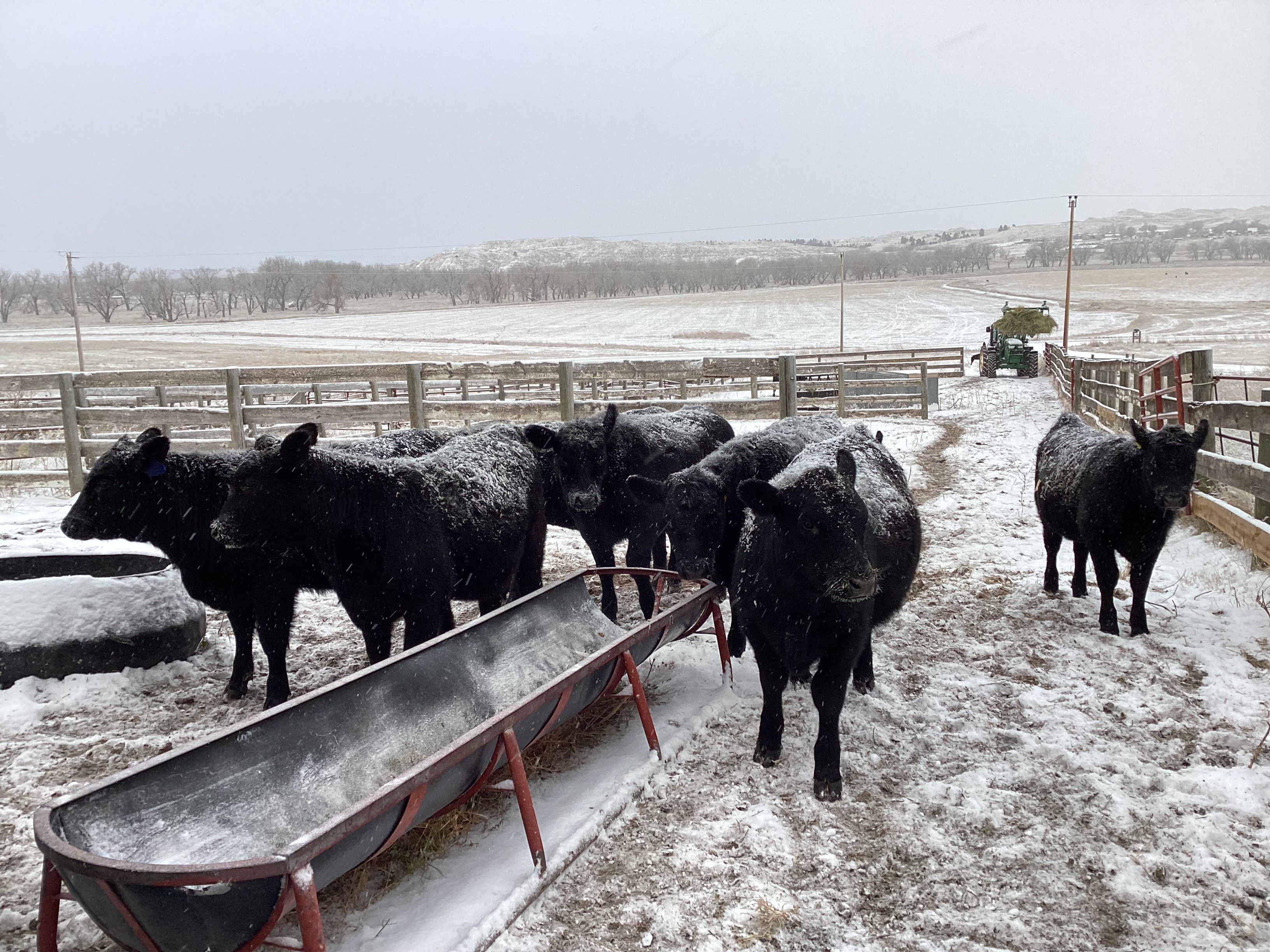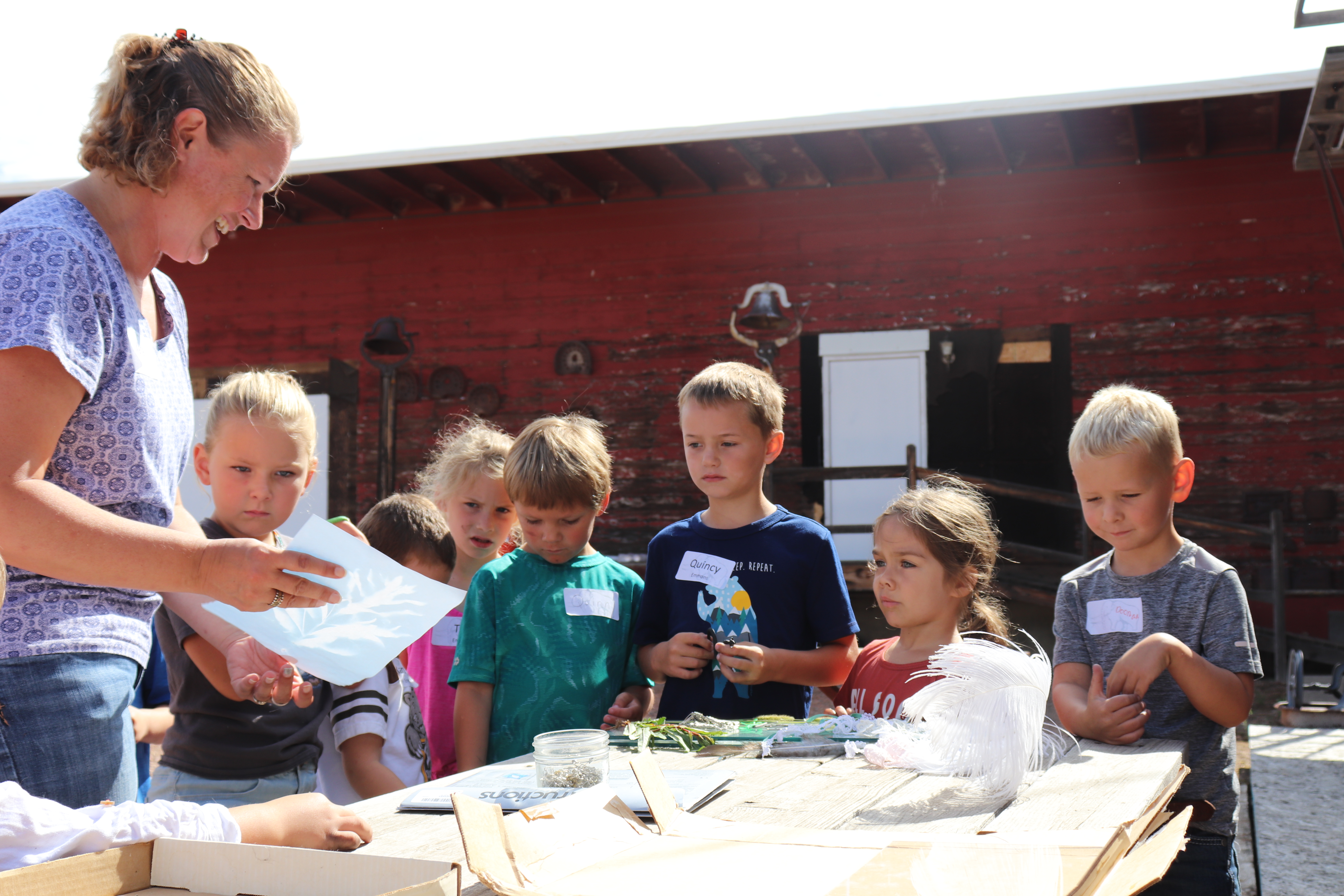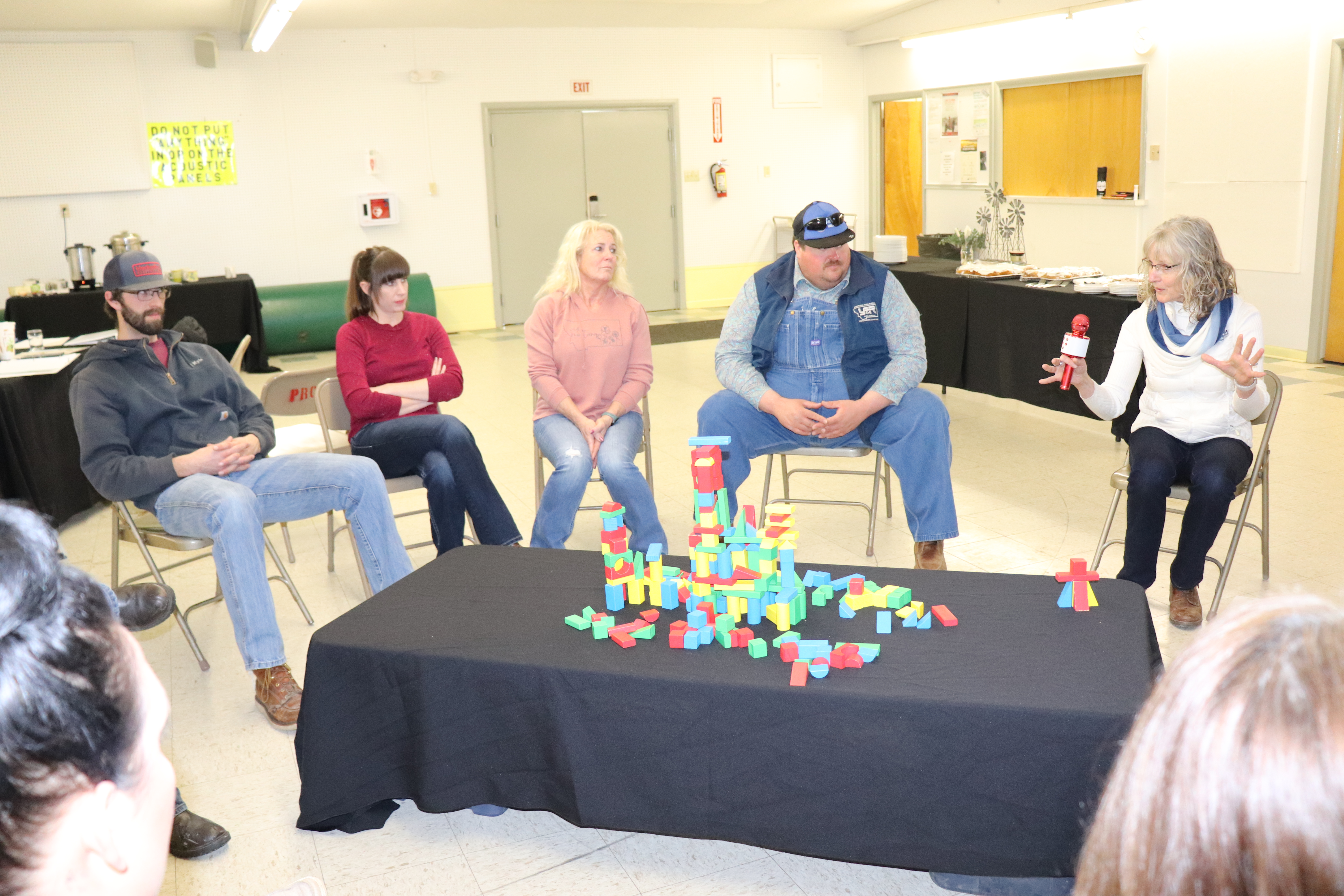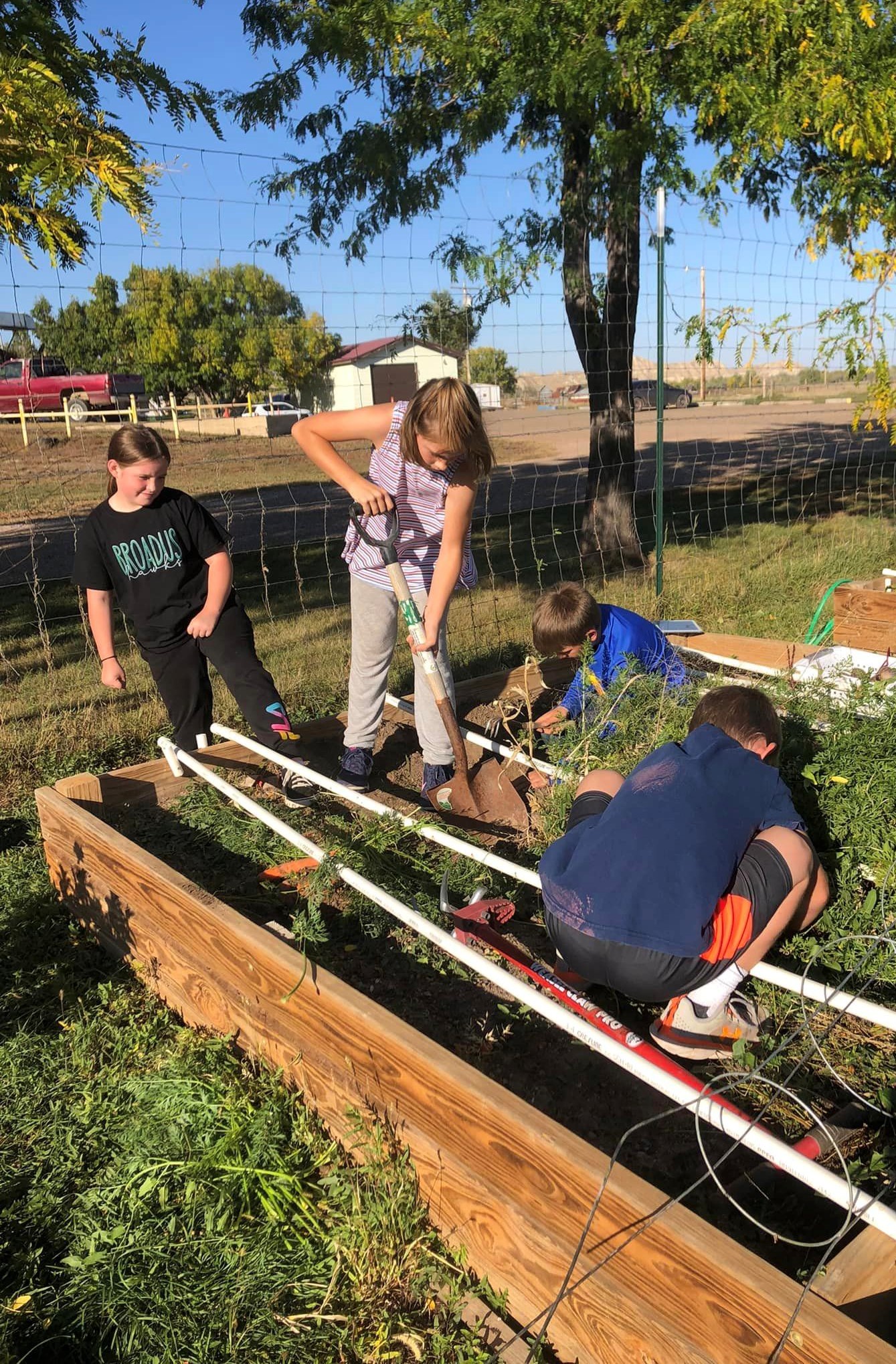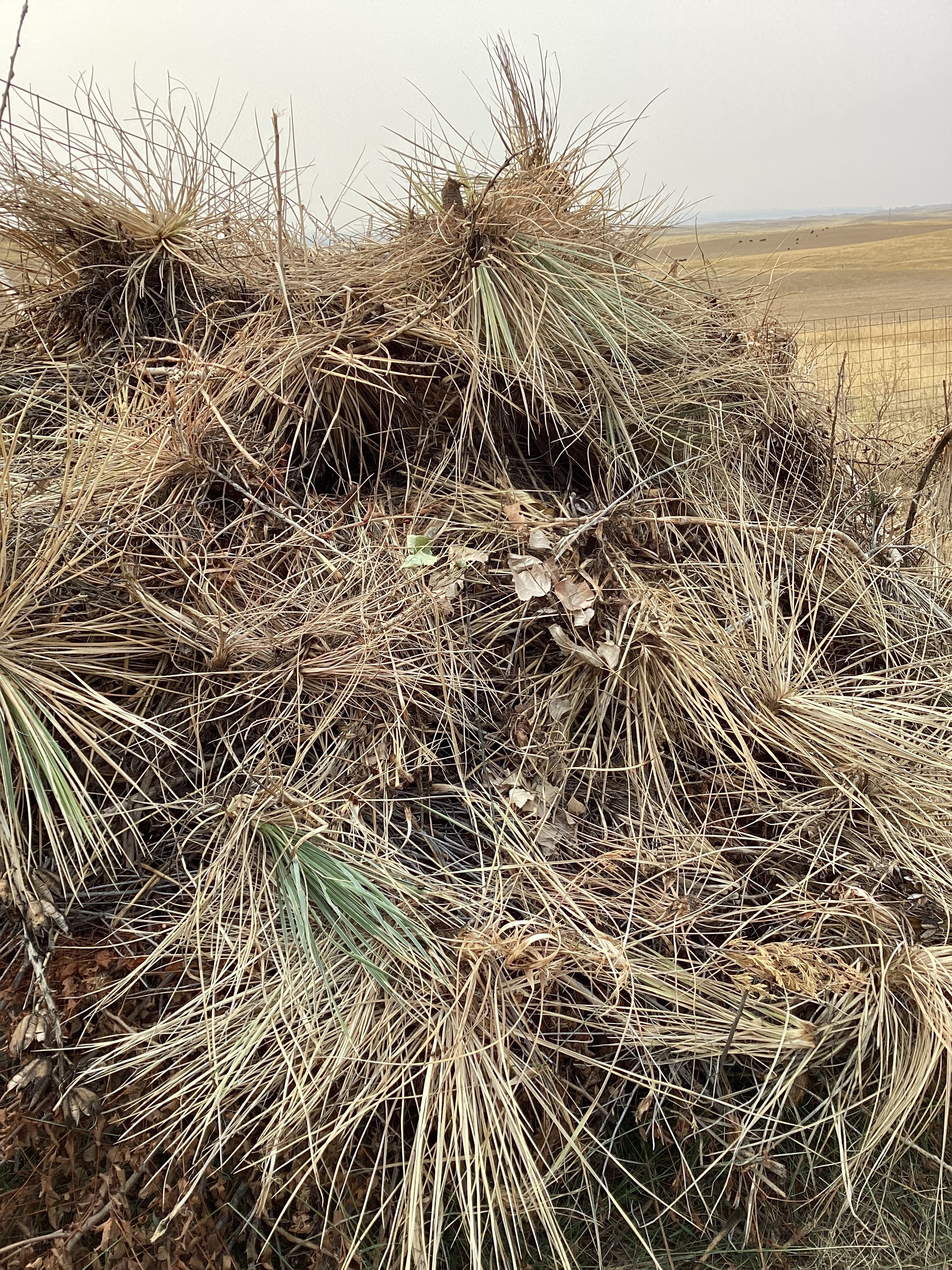
Powder River County
Welcome to Powder River County
Published: 2022By Mary Rumph
The population of Powder River County is 1,694, according to the 2020 census.
Powder River County is primarily rural and agricultural. There is limited oil and timber production. Most of Powder River County is grazing land. Since 1954, farm acreage has fluctuated between 1.54 and 1.72 million acres. The number of ranches has decreased, and the average ranch size continues to increase.
What a difference rain makes in May and June
Published: 2022By Mary Rumph
New Worries
Published: 2022By Mary Rumph
Fifty-two people attended the annual summer MSU Extension Weed Workshop, which focused on improving range conditions and reducing annual and perennial invasive grasses through grazing management and controlled fire. Private applicators earned re-certification credits. Weed control questions throughout the summer included controlling Canada Thistle, Bulbous Bluegrass, Ventenata, and Catchweed Bedstraw.
Annual crops yielded additional forage. High nitrate levels are always possible, especially if either high temperatures or hail stresses the crop, both of which occurred during the growing season. In addition, the re-growth of annual crops can sometimes contain toxic nitrate levels. One hundred four samples of forage were nitrate tested for 40 producers. Blister beetles were also a concern during the summer; management guidelines were shared with producers.
Fully engaged youth
Published: 2022By Mary Rumph
Youth Development: 4-H Mini-Congress was planned and facilitated by nine teen 4-H members. Twenty-five third through sixth-grade youth attended the “How to Train Your Dragon” event held at the High School on New Year’s Day. Workshops led by teens included making dragon snacks, creating masks, and playing games. A cornhole tournament, movie, and pizza rounded out the adventure. Positive interaction between teens and younger members created a safe and fun event.
Camp Needmore was attended by 21 Powder River County 4-H members and one teen counselor. MSU Extension agents facilitated an “Outdoor Activities” workshop which covered “Leave No Trace,” watercolor ceramic tiles, and the life cycle of the Pacific Salmon. The activities were active and engaging and the weather was delightful!
Seven members and two chaperones attended the 4-H OREO trip for seventh and eighth-grade youth. The youth joined 23 other 4-H members from southeastern Montana on a trip to Glendive. Highlights of the trip included hiking Makoshika Park, touring Dawson Community College, kayaking, swimming and learning the value of recycling by working at the GROW Recycling Center.
Youth Development
Published: 2022By Mary Rumph
Powder River County Fair – MSU Extension worked with the Fair Board, 4-H Council and other volunteers to create a quality event reflecting the involvement of the entire community. Despite the intense heat, all persevered and some even thrived. Interview judging conversations are a key to learning at the county fair: • 94 interviews were conducted to evaluate what youth learned in their projects; • 319 non-livestock exhibits; 200 livestock exhibits; • 95 donors contributed for a total of $7,520 paid to participants in prizes and cash awards; • $3,957 was paid in premiums; • $1,854 was generated by the silent auction with 37 exhibitors; • $140,514.75 was generated by the livestock auction featuring 17 market steers, 13 lambs, 24 hogs and one pen of three fryers; • $7,919 from resales during the market livestock sale went to charitable organizations; • And, $2,301.50 was generated for the Entertainment Fund.
Big Sky, Big Leadership (BSBL) offered to and embraced by community members
Published: 2022By Mary Rumph
• Generations: MSU Extension Community Development Specialist Tara Mastel led the generations workshop. Participants generated valuable information on the experiences that formed and shaped five generations. A local multi-generational, family-owned business panel shared what is rewarding and challenging about working together.
• Community Asset Mapping: MSU Extension Rosebud/Treasure Agent Jennifer Anderson helped participants map the community's assets by first defining the community and then brainstorming the assets. Areas included people, jobs, infrastructure, location, available resources, organizations, events and culture.
• 'Real Colors' helps people understand human behavior. People recognize, accept and learn to value the differences in others and increase understanding, empathy and communication with others. By understanding co-worker preferences, the correct job or tasks can be assigned. Health professionals shared self-care and mental health issues, and shared their missions and methods for connecting with the community.
• Leading Local: Participants learned how to hold effective meetings, engage board members, have crucial conversations and inspire vision. The community tour explored the roles and responsibilities of town and county government offices.
• Leadership Challenge, presented by Dan Clark, MSU Local Government Center, inspired people to share a vision and model the way. Clark also taught Board Leadership Training to 16 community volunteers active on boards the day before Big Sky Big Leadership.
Healthy Living
Published: 2022By Julie Riley
Respite Retreat – MSU Extension Gerontology Specialist Daniel Koltz and Rebecca Koltz, MSU Professor and Counselor, facilitated a Caregiver’s Respite Retreat for 15 caregivers. Caregivers who attended expressed decreased stress, an appreciation for being cared for, developed relaxation skills and connected with others. Participants noted: • I didn’t realize how many of us there are; • I no longer feel alone in this caregiving; • My cup was empty when I came, but now it is full; • I feel cared for. Reactive Balance Training – MSU Researcher Justin Whitten worked with local physical and occupational therapists and qualified 18 people aged 65 to 85 for a Reactive Balance Training research study sponsored by Montana State University. The study is designed to research the feasibility of offering training in rural communities. Results are still being tabulated for the five-week program that concluded in the fall.
Healthy Living
Published: 2022By Julie Riley
Broadus Community Garden – Thirteen garden plots were completed with corresponding drip systems which were rented to 12 local gardeners who grew fresh produce in low-cost, accessible, deer-proof garden spaces.
Mental Health – The Wellness Weekly provides weekly education and treatment resources for mental health and substance use disorders. “The weekly information addresses the stigma in our community around mental health. Every little step we can take to reduce the stigma helps.” MSU Extension applied for a $5,000 grant to continue producing the Wellness Weekly in 2023.
Food Insecurity – MSU Extension received a $3,000 SCDC grant to provide nutrition education to low-income residents in 2023.
Extension solves mysteries...the Yucca Weevil
Published: 2022By Mary Rumph


